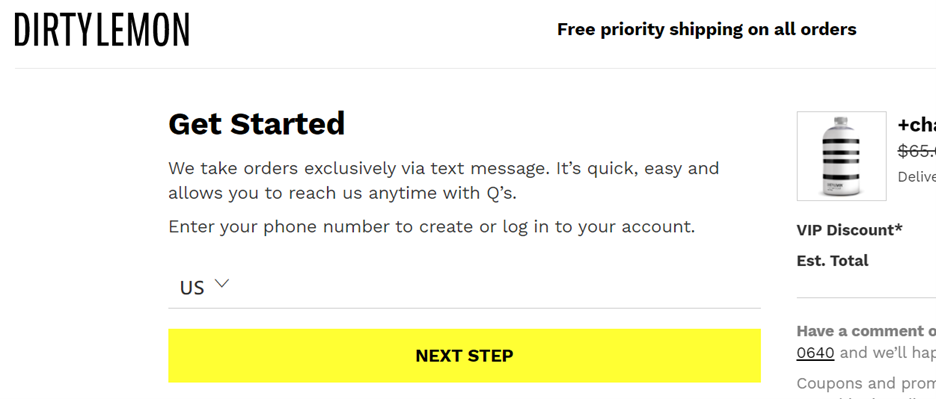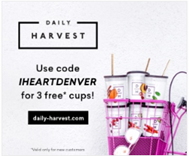Give Customers The Gift Of Convenience This Holiday Season
This holiday season, many consumers will be forgoing big family dinners and exotic holiday markets and instead playing host to unwelcome guests like worry (for their health) and anxiety (for their finances).
This holiday season, everyone just needs a break.
Marketers can help consumers make the best of their holidays by making their lives a little easier. This year, it’s all about convenience.
A good place to start might be to take a page from the direct-to-consumer (DTC) playbook, as these feisty startups have introduced new ways of thinking about convenience in online commerce. With innovations like these in mind, here are five things marketers and merchandisers can test to make it easier for consumers:
- Experiment your way forward with new bundles. Glossier knows that the consumer who buys two things instead of one is much more likely to return, and to buy more. If you look at their website, bundles pop up everywhere:
 Make your customers’ lives easier by exploring your own brand bundles and product associations. Unsure what to bundle? Start by mining your user-generated content, such as reviews and social mentions. What do consumers mention in the same breath as your products? SEO research can also surface surprisingly high search volumes for unexpected product combinations.
Make your customers’ lives easier by exploring your own brand bundles and product associations. Unsure what to bundle? Start by mining your user-generated content, such as reviews and social mentions. What do consumers mention in the same breath as your products? SEO research can also surface surprisingly high search volumes for unexpected product combinations. - Dive into retail advertising for those bundles and other unique connections. We’ve pointed out before that retailers like Amazon, Target, and Walmart are the new media moguls. Each is steadily introducing exciting new formats for merchandising, which allows your brand to get in the right position when shoppers are browsing. Here is the ideal opportunity to experiment with new keywords. Your experience with Google’s search engine marketing will be useful, but searches on retail sites can often differ (as consumers are more explicitly in shopping mode). Plus, consumers may have grown accustomed to each retailer’s own naming conventions for categories and products (which may not match your own, or Google’s).
- Simplify your ordering process. One of the ways that DTCs manage to make their hard-won new customers stick around is by being the fastest and easiest ordering option. Dirty Lemon lets you order your next case of health drinks via a quick SMS:
 This is the time to make sure that order information is saved between your customers’ visits. This is the time to send extra, very short confirmations for each shipment, ideally via mobile messaging. This is the time to experiment with ordering within places like Instagram Shop.
This is the time to make sure that order information is saved between your customers’ visits. This is the time to send extra, very short confirmations for each shipment, ideally via mobile messaging. This is the time to experiment with ordering within places like Instagram Shop. - Localize your segments and creative. Consumers naturally have very limited time during the holidays. Convenience can mean making an appeal as specific to their location and situation as possible. Our own study of DTCs’ social advertising strategies found that food DTCs ran, on average, 41 different targeted ad segments simultaneously on Facebook; personal care DTCs, 51; and apparel DTCs, 78. Daily Harvest goes one step further and combines a localization strategy with local-specific offers. For hectic shoppers, this kind of approach makes life easier.

- Explore trial offerings. Forrester’s most recent Consumer Energy Index indicated that consumers (in the US) have a mild hankering for adventure and excitement — a change of scenery when travel is out of the question:
 During the holidays, marketers can support this desire for adventure by removing reasons to say “no.” Particularly for new products, this can mean free trials or try-before-you-buy options. DTC eyewear company Warby Parker has made its free trial the hero of its experiences across its website, paid search ads, and organic search listings.
During the holidays, marketers can support this desire for adventure by removing reasons to say “no.” Particularly for new products, this can mean free trials or try-before-you-buy options. DTC eyewear company Warby Parker has made its free trial the hero of its experiences across its website, paid search ads, and organic search listings.
If you’re a client and want to talk about ways you can bring more convenience to your holiday shoppers, please book an inquiry with me.
